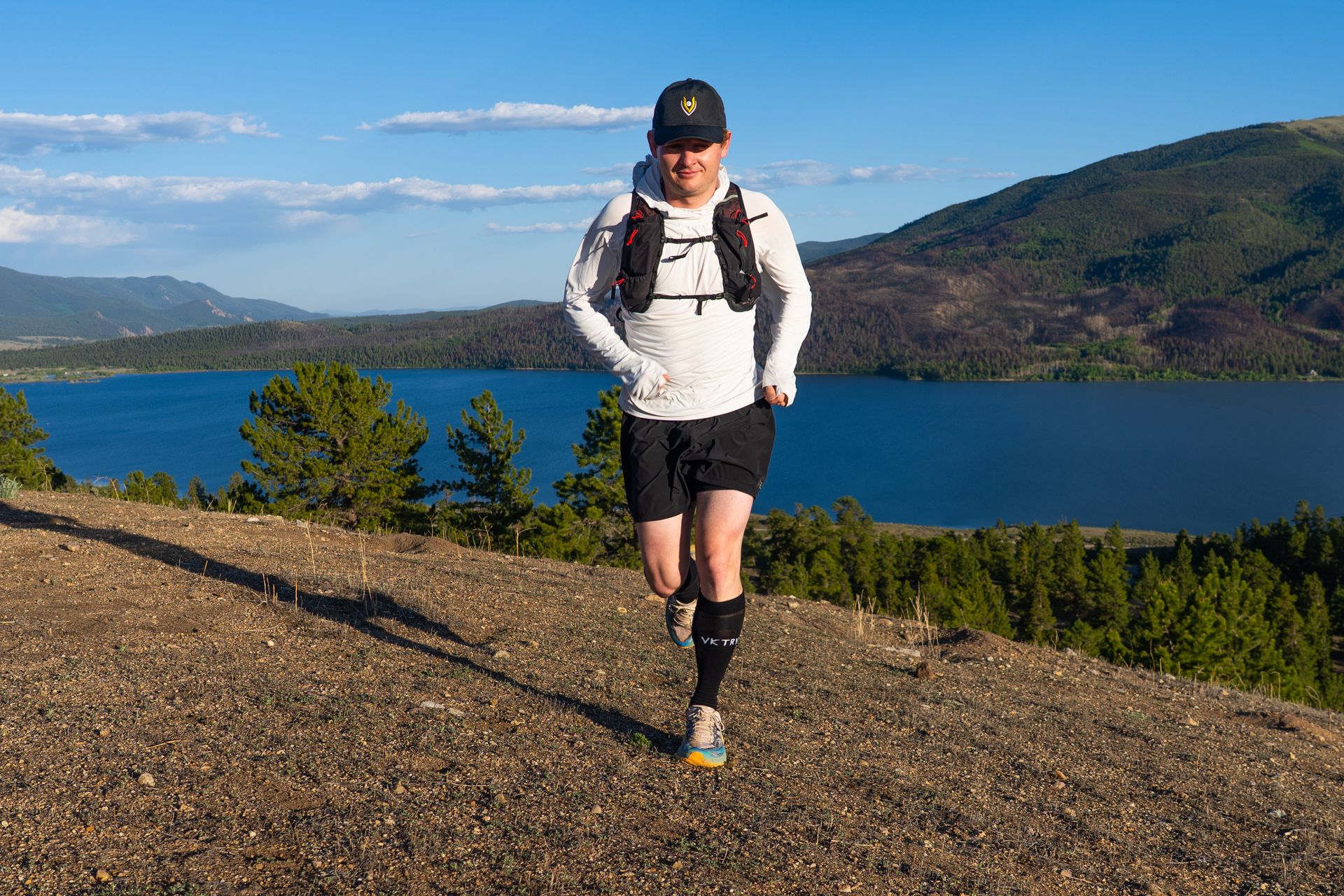- The Rundown
- Posts
- Deepen Your Run with the Symphony of Your Surroundings - Embrace Soundscape Running!
Deepen Your Run with the Symphony of Your Surroundings - Embrace Soundscape Running!
Today’s newsletter is written by Letty, host of the Marathon Running Podcast and YouTube Channel:
This week, let's move beyond the usual metrics and curated playlists and tap into a richer, more immersive running experience: Soundscape Running. It's an invitation to intentionally engage with the unique auditory tapestry of your environment, transforming your familiar routes into a mindful exploration of sound.
In our often visually-dominated world, we frequently overlook the wealth of information and sensory input our ears provide. Soundscape running encourages us to choose routes brimming with interesting natural or urban sounds and to consciously focus on this auditory dimension. Whether it's the soothing rhythm of waves crashing on a nearby shore, the cheerful melodies of birdsong in a local park, the vibrant pulse of city life echoing through downtown streets, or the tranquil rustling of leaves along a quiet trail, each environment offers a distinct sonic character that can profoundly impact your run.
Why Shift Your Focus to the Sounds Around You?
Heightened Environmental Connection: By actively listening to your surroundings, you cultivate a deeper sense of presence and connection to the world around you. You'll likely become more attuned to subtle details you might otherwise miss, fostering a richer appreciation for the unique character of your running locations.
An Organic Pace Setter: Unlike the rigid beats of a playlist, the natural rhythms of your environment can become a more intuitive guide for your pace. The consistent ebb and flow of waves might encourage a steady cadence, while the fluctuating energy of city sounds could lead to a more dynamic, varied run.
A Pathway to Mindfulness and Calm: Immersing yourself in the sounds of nature, in particular, has been shown to have a calming and meditative effect, reducing stress and enhancing mental clarity as you move. Even the steady hum of an urban environment can act as a form of white noise, helping to quiet the internal chatter and bring you into the present moment.
A Refreshing Sensory Experience: We often rely heavily on our visual sense during runs. Intentionally engaging your auditory senses offers a refreshing shift in focus, creating a more holistic and engaging experience that can make familiar routes feel new again.
An Invitation to Explore: The concept of soundscape running can inspire you to seek out new running locations specifically for their unique sonic qualities. That park you've always driven past might be a haven for birdsong, or a path along a river you haven't explored might offer a tranquil and rhythmic auditory experience.
How to Integrate Soundscape Running into Your Routine:
Curate Your Sound-Rich Routes: Think about the places you run that offer interesting and varied sounds. Consider local parks, waterfront paths, trails, urban centers, or even quieter residential streets at different times of day.
Embrace Silence (Initially): For at least a portion of your run, consciously leave the headphones behind. Allow yourself to fully immerse in the natural soundscape without the filter of your own audio.
Practice Attentive Listening: Make a deliberate effort to focus on the different sounds you encounter. Try to identify individual sources – the specific call of a bird, the distant hum of traffic, the gentle whoosh of wind through trees.
Experiment with Auditory Pacing (Optional): Play with the idea of letting the dominant sounds influence your rhythm. The steady pulse of the ocean might encourage a consistent pace, while the changing dynamics of a city environment could lead to natural surges and recoveries.
Seek Out Diverse Sonic Environments: Vary your running locations to experience a wider range of soundscapes. A run through a dense forest will offer a vastly different auditory experience than a run along a bustling avenue.
Prioritize Safety and Awareness: While deeply engaged in listening, remain mindful of your surroundings and potential hazards, especially in urban areas. You might need to rely more on your visual awareness if you're not using auditory cues for traffic.
Appreciate the Nuances of Sound: Notice the subtle shifts in the soundscape as you move through different environments. Appreciate the moments of quietude as much as the more vibrant and dynamic sonic landscapes.
This week, I encourage you to experiment with unplugging and tuning into the symphony of your surroundings on your runs. Embrace the unique auditory tapestry of your local environment and discover a deeper layer of engagement, mindfulness, and even a new appreciation for your familiar routes. You might be surprised by the subtle rhythms and unexpected beauty you uncover simply by listening.
Happy (and aurally aware) running!
*SPONSORED*
750 miles in two weeks? How is that possible?
Renowned ultra runner Hunter Leininger is running the STATE of Colorado. Not a route, not a race - the STATE. And he plans to do it solo, while capturing his daily progress.
Hunter’s attempt will cover a 750 mile route, with 200,000 feet of elevation gain - all while trying to beat a world record. To do that - he’s going to need some serious gear. Hunter has partnered with VKTRY, who will supply him compression socks, carbon fiber insoles and recovery footwear for the attempt. Here's why.
Words To Run By 🏃♀️🏃🏽♂️
A person who never made a mistake never tried anything new.

